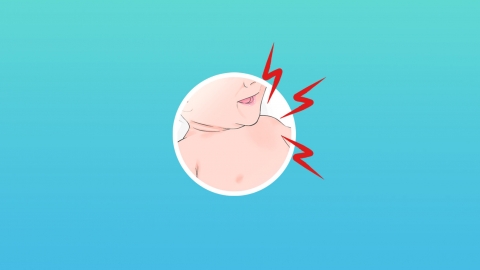How to care for skin peeling in the later stages of a burn
General care for skin peeling in the later stages of burns typically includes protecting new skin, keeping the wound area clean and dry, avoiding manually peeling off dead skin, applying gentle moisturizers, and taking proper sun protection measures. Specific details are as follows:

1. Protect new skin: New skin is delicate and vulnerable, so it should be protected from friction, pressure, or impact. Wear loose, soft cotton clothing to minimize abrasion between fabric and skin, preventing damage, bleeding, and interference with the healing process.
2. Keep the wound area clean and dry: Gently wipe the peeling area regularly with mild saline solution or clean water to remove surface dirt, preventing infection caused by sweat or dust accumulation. After cleaning, gently pat the area dry with a clean, soft towel. Maintain dryness and avoid using irritating cleansing products.
3. Avoid manually peeling off dead skin: Peeling should follow the natural shedding process. Do not pull off partially detached skin flakes with your hands. Forced removal may damage the underlying new skin, leading to bleeding, infection, or even scarring. Allowing skin to shed naturally reduces the risk of injury.
4. Apply gentle moisturizers: Once the wound area is completely dry, apply a fragrance-free, alcohol-free moisturizer—such as medical-grade petroleum jelly or specialized burn recovery cream—lightly over the peeling area. This helps hydrate the new skin, relieve dryness and itching, and support restoration of the skin barrier.
5. Practice sun protection: New skin is highly sensitive to ultraviolet (UV) radiation and prone to hyperpigmentation. When going outdoors, cover the affected area with long-sleeved clothing or a wide-brimmed hat, or apply a gentle physical sunscreen. Avoid direct sunlight to reduce the risk of pigmentation and help the skin regain its normal tone.
If signs of infection such as redness, increased pain, discharge, or pus appear during care, seek medical attention promptly.







